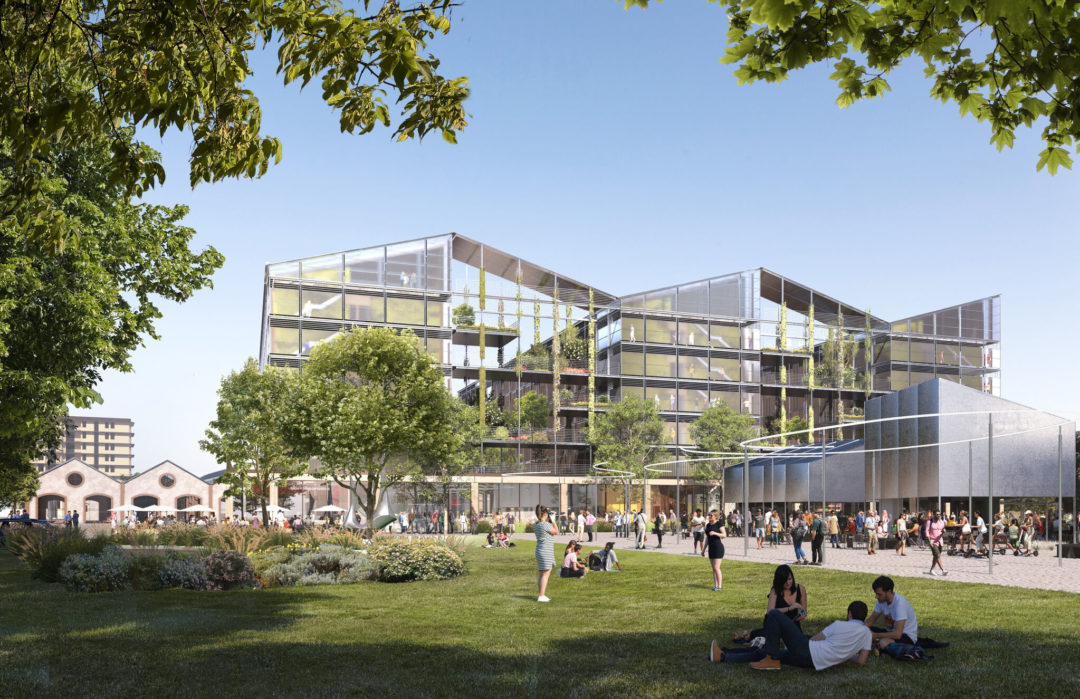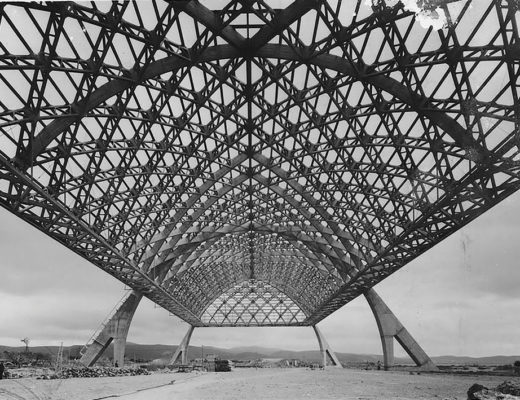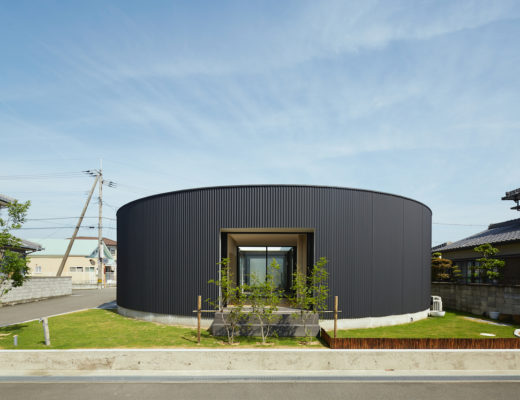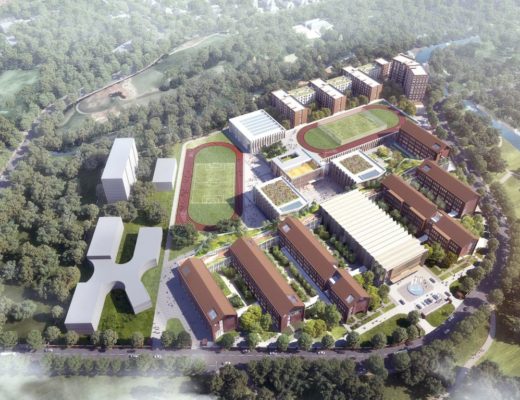The development will be repurposed into student accommodation and affordable housing after the Olympic Games in 2026
Following an international competition involving 27 groups comprised of 71 studios from nine different countries, it was announced recently that Skidmore Owings & Merrill (SOM) will design the Olympic Village for the 2026 Milan-Cortina Olympic Games as part of the updated Porta Romana railway yard masterplan.
Developed by COIMA SGR and its partners in collaboration with the Milano-Cortina Foundation, the Municipality of Milan, and the Lombardy Region, the Olympic Village will transform the Porta Romana district, creating a sustainable urban community and offering a powerful new model for Olympic facilities to serve post-Olympic social goals. Thanks to innovative sustainability features, the village will target minimal environmental impact in accordance with NZEB (Nearly Zero-Energy Building) requirements.
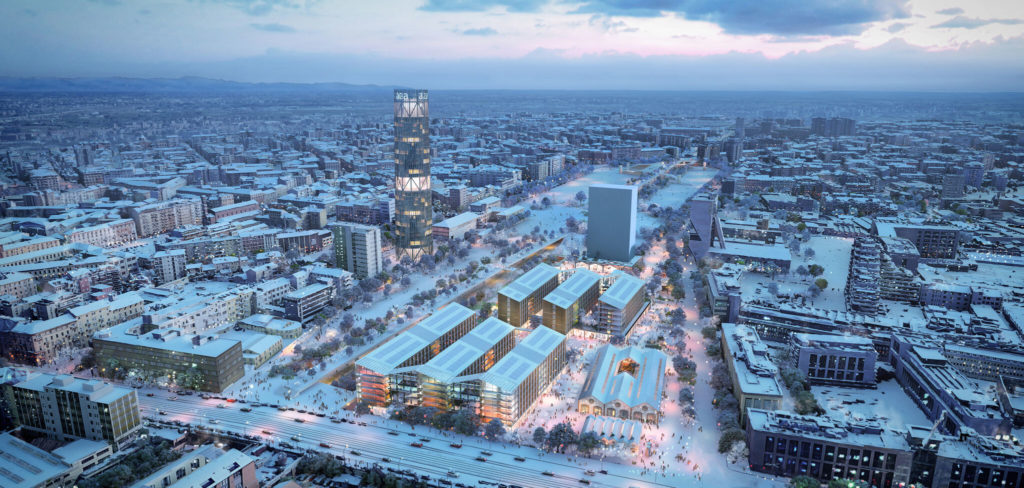
“Rather than ceasing to be of use after the Olympics, the Porta Romana Olympic Village will ultimately become a vibrant, self-sustaining neighbourhood built around the principles of social equity, environmental commitment, wellness, and inclusivity,” said SOM Design Partner Colin Koop. “The village adopts the rhythm of the area’s streetscape, creating a porous urban block with a variety of public spaces and communal anchors that will enhance Milan’s vibrant tapestry of ground floor experiences.”
Designed first and foremost to become an integral part of Milan’s urban fabric, the village encompasses a set of public green spaces, the transformation of two historic structures, and six new residential buildings that will serve Olympic athletes in the short term. Following the Olympics, the athletes’ homes will be reused for student housing; the park and railway side buildings near the Olympic Square will be used for affordable housing; and the Olympic Village Plaza will become a neighbourhood square, with shops, bars, restaurants, and cafes planned at street level, along with outdoor space for farmers’ markets and other community events.
“The village adopts the rhythm of the area’s streetscape, creating a porous urban block with a variety of public spaces and communal anchors that will enhance Milan’s vibrant tapestry of ground floor experiences.”
Colin Koop, SOM Design Partner
“The 2026 Olympic Village will represent a new urban laboratory for Milan, the first to be designed and built in its future configuration with spaces, functions and materials already designed for their conversion, meeting NZEB principles,” said Manfredi Catella, COIMA Founder & CEO. “The integrated district will be managed through an evolutionary digital platform similar to that being tested in the Biblioteca degli Alberi Milano (BAM) in Porta Nuova. The project represents our commitment to ESG through COIMA ESG City Impact, the first Italian closed-end investment fund with measurable objectives for the country’s sustainable regeneration, which will retain the Olympic district in its portfolio following its conversion into a student residence.”

The entire Olympic Village is designed according to the principles of a smart and sustainable city, creating a complex that is at once connected and self-sufficient. The village’s mechanical systems will tie into the precinct’s loops, yet passive cooling strategies, solar panels, and rooftop gardens — among other features — will ensure that more than 30% of the energy utilized will be produced on site. Stormwater will be collected on site and reused, with a reduction in the use of drinking water by over 50% and a CO2 reduction of 40% for heating and cooling. In addition, the new buildings maximize the use of sustainable materials, from the mass timber structure of the residential buildings to low-embodied carbon facade materials.
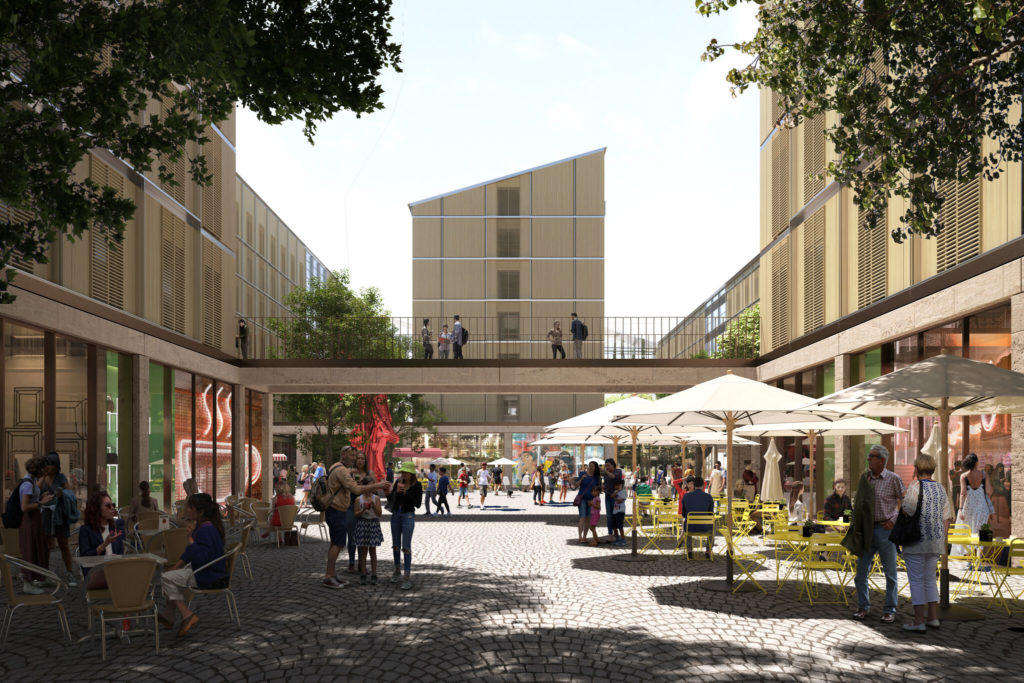
The new buildings take architectural inspiration from the historic buildings of Milan, while featuring striking, contemporary materials and dramatic communal terraces. Shaded by vertical plantings, these terraces serve as bridges between the buildings, becoming signature gathering spaces and outdoor study rooms for students and lending the complex a sense of energy and life on every level. The integration of greenery within the outdoor areas will contribute to the neighbourhood’s climate resilience, and also create space for urban farms that enable on-site food production.
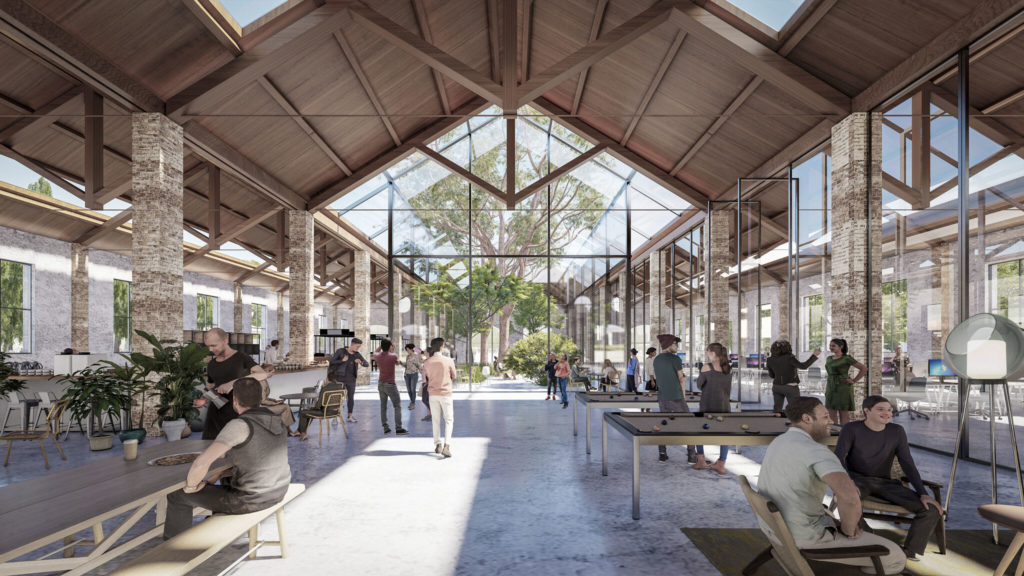
The Olympic Village forms part of the broader Parco Romana project for which an updated master plan, developed following an extensive public engagement process, has been unveiled. The updated plan reinforces elements of the public space, such as the Central Park, eco-zones (green corridors that will be able to include public areas such as sports pitches, children’s play areas, or urban gardens), and a suspended forest to connect the eastern and western sides of the site, for which a feasibility assessment is underway. The volumes of the planned projects have now been distributed more evenly, improving the dialogue with the surrounding areas and providing more activation at ground level.
Construction of the Olympic Village is scheduled to be completed by July 2025.
Images: © SOM; Pixelflakes
You might also like:
SOM-designed masterplan for Bandar Malaysia aims for dense and sustainable urban living

